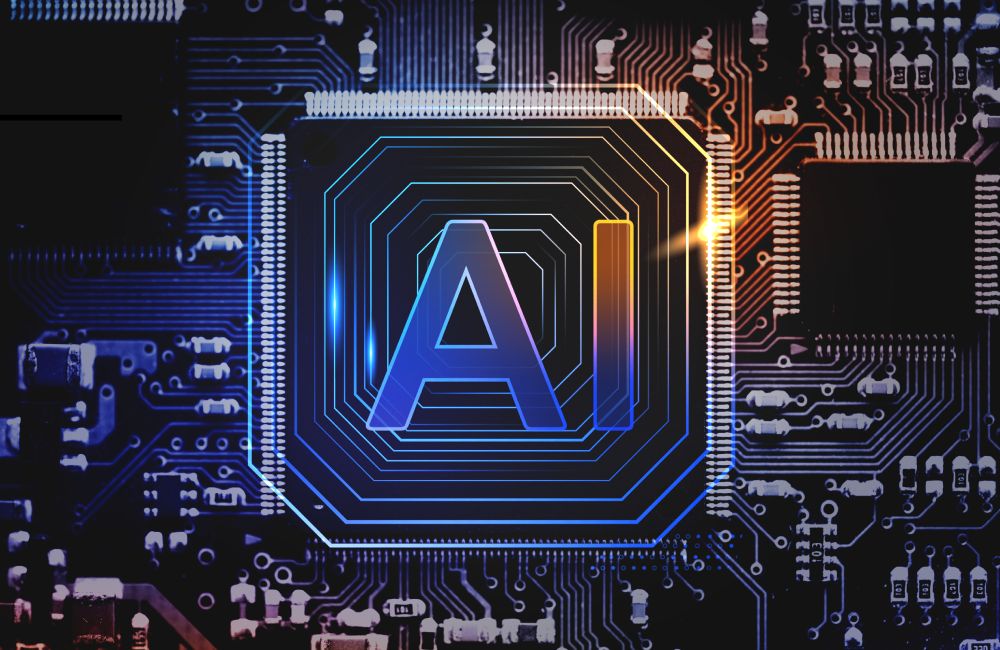
In the dynamic realm of the IT industry, the concept of generativity is reshaping the way organizations approach innovation, problem-solving, and the development of cutting-edge solutions. This blog post explores the transformative power of generative use cases in the IT landscape, showcasing how this approach sparks creativity and drives advancements.
Understanding Generativity in IT
Generativity, in the IT context, refers to the ability of a system, framework, or approach to create novel and innovative solutions autonomously. It involves leveraging technologies and methodologies that not only fulfill their primary functions but also inspire and contribute to the development of new ideas and solutions. This concept is particularly relevant in an industry where adaptability and innovation are the keys to success.
1. AI-Driven Code Generation
One of the groundbreaking generative use cases in the IT industry revolves around artificial intelligence (AI) and its ability to generate code. AI-powered systems, fueled by machine learning algorithms, can analyze existing codebases, understand patterns, and generate new, functional code snippets. This not only accelerates development processes but also opens doors to creative problem-solving.
For instance, OpenAI’s GPT (Generative Pre-trained Transformer) models can be fine-tuned to understand specific coding languages and generate code segments based on natural language prompts. This empowers developers to focus on high-level architecture and logic while letting AI handle the mundane aspects of coding.
2. Generative Design in UX/UI
In the world of user experience (UX) and user interface (UI) design, generativity has emerged as a game-changer. Design systems fueled by generative algorithms can automatically adapt layouts, color schemes, and interactive elements based on user behavior and preferences. This not only enhances the overall user experience but also ensures that designs evolve dynamically to meet changing user expectations.
Generative design tools, such as Autodesk’s generative design algorithms, are transforming how architects and engineers approach design challenges. These tools explore numerous design possibilities, taking into account parameters and constraints, to generate innovative solutions that might not be immediately apparent through traditional design methods.
3. Automated Testing and Quality Assurance
Generative testing is reshaping the landscape of quality assurance and testing processes in the IT industry. Machine learning algorithms can learn from historical testing data, identify patterns, and autonomously generate test cases that cover a wide range of scenarios. This not only enhances test coverage but also identifies potential vulnerabilities and issues that might be overlooked in manual testing.
Tools like Diffblue’s automated test generation platform use AI to analyze codebases and generate unit tests automatically. This ensures that as code evolves, tests are continuously generated to validate the functionality and integrity of the software.
4. Natural Language Processing for Documentation
Generative use cases extend to the realm of documentation, where natural language processing (NLP) models can create comprehensive and human-readable documentation automatically. This is particularly beneficial for large-scale projects where maintaining up-to-date documentation can be a daunting task.
Tools like Sphinx and Doc2Vec utilize generative language models to analyze code comments, function signatures, and usage patterns, generating documentation that aligns with the current state of the codebase. This not only saves time for developers but also ensures that documentation remains accurate and relevant.
5. Cybersecurity Threat Prediction
In the ever-evolving landscape of cybersecurity, generative models play a crucial role in predicting and mitigating threats. AI algorithms can analyze historical cyber threats, identify patterns, and generate models that predict potential vulnerabilities and attack vectors. This proactive approach empowers organizations to bolster their cybersecurity defenses before new threats emerge.
Security platforms like Darktrace leverage generative models to understand normal network behavior and detect anomalies that might indicate a security threat. The system continuously evolves its understanding of the network, adapting to new patterns and emerging threats.
Conclusion: Embracing a Generative Future in IT
Generativity in the IT industry is not just about automating tasks; it’s about fostering a culture of innovation and creativity. By embracing generative use cases, organizations can propel themselves into a future where technology not only meets current needs but also anticipates and addresses challenges that lie ahead. As we continue to explore the untapped potential of generativity, the IT industry stands at the forefront of a transformative era, driven by the limitless possibilities of intelligent automation and innovation.

